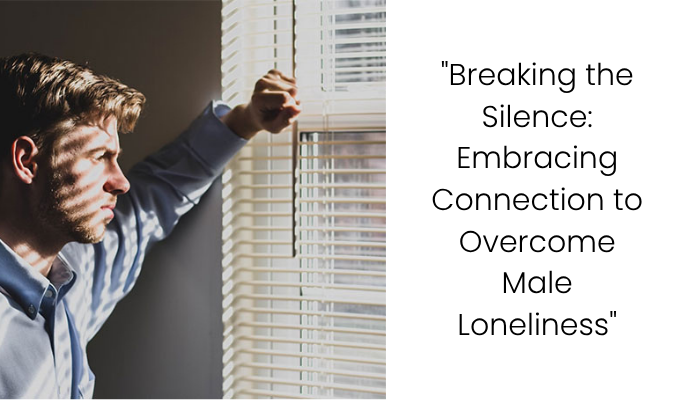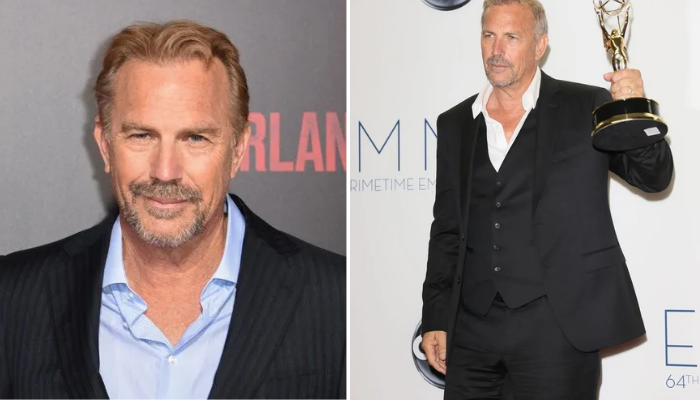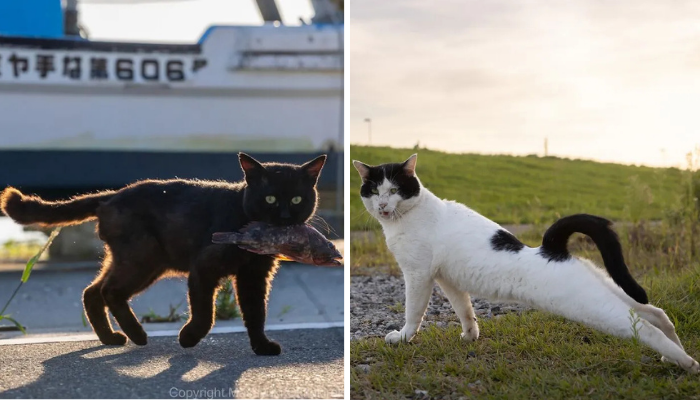Designer Deletes Portfolio Site After Former Agency Exploits Work Without Consent

A graphic designer, after enduring exploitative conditions at a boutique marketing agency, discovered years later that the agency continued to use and misrepresent their work without permission. In response, the designer took decisive action by removing the portfolio site they had created and maintained, effectively revoking the agency’s unauthorized access to their creative assets. This incident highlights the importance of understanding intellectual property rights and the potential consequences of their misuse in professional settings.
Advertisement – Continue Reading Below
Being a junior creative is a thankless job, as this graphic designer found out the hard way

After years of slaving away at a boutique marketing agency, they eventually quit because they couldn’t get a raise


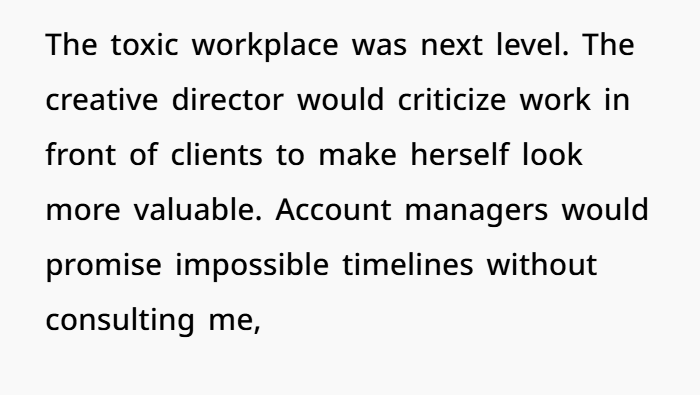




Navigating Intellectual Property Rights and Ethical Boundaries in Creative Work
The scenario of a graphic designer reclaiming control over their work after discovering unauthorized usage by a former employer underscores the intricate balance between intellectual property rights, employment agreements, and ethical considerations in the creative industry.
Advertisement – Continue Reading Below
Understanding Intellectual Property Rights in Employment
In many jurisdictions, including Canada, the default position is that the employer owns the intellectual property (IP) rights to works created by an employee during the course of their employment. This principle is often referred to as “work for hire.” However, nuances exist, especially when distinguishing between employees and independent contractors.
According to the Canadian Copyright Act, unless there is an agreement to the contrary, the employer is the first owner of the copyright for works created in the course of employment. However, for independent contractors, the creator typically retains the copyright unless explicitly transferred. Therefore, the nature of the working relationship and the presence of any contractual agreements play a pivotal role in determining IP ownership.

The Ethical Implications of Reclaiming Work
Upon discovering that their former employer continued to use their designs without authorization, the designer took steps to remove access to these assets. While the emotional impetus behind such actions is understandable, especially when feeling exploited, it’s essential to consider the ethical and legal ramifications.
Advertisement – Continue Reading Below
Deleting or restricting access to work that an employer has rights to, even if created by the employee, can lead to potential legal disputes. It’s crucial to differentiate between moral rights, which pertain to the personal connection of the creator to their work, and economic rights, which involve the commercial use and reproduction of the work. In Canada, moral rights can only be waived through a written agreement, and they remain with the creator even after transferring economic rights.en.wikipedia.org
Best Practices for Protecting Creative Work
- Clear Contractual Agreements: Before commencing any project, it’s vital to have a written agreement that outlines the ownership of IP rights, usage permissions, and any waivers of moral rights.
- Portfolio Rights: Designers should negotiate the right to showcase their work in personal portfolios, ensuring they can demonstrate their experience without infringing on the employer’s rights.reddit.com
- Regular Communication: Maintaining open lines of communication with employers or clients can prevent misunderstandings regarding the use and ownership of creative assets.
- Legal Consultation: If disputes arise, seeking legal advice can provide clarity on rights and potential courses of action.
In the comments, readers begged the graphic designer for an update, while one asked them if they’d considered pursuing legal action
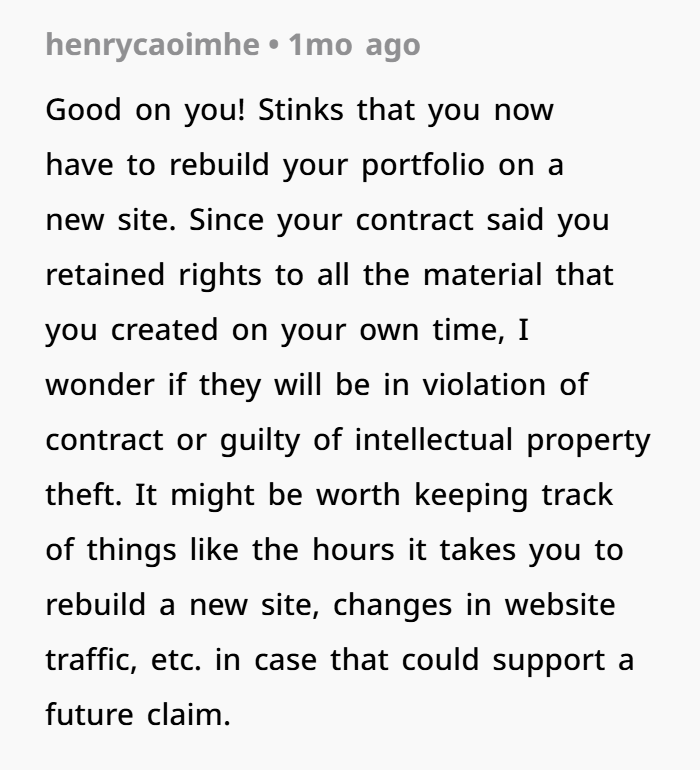


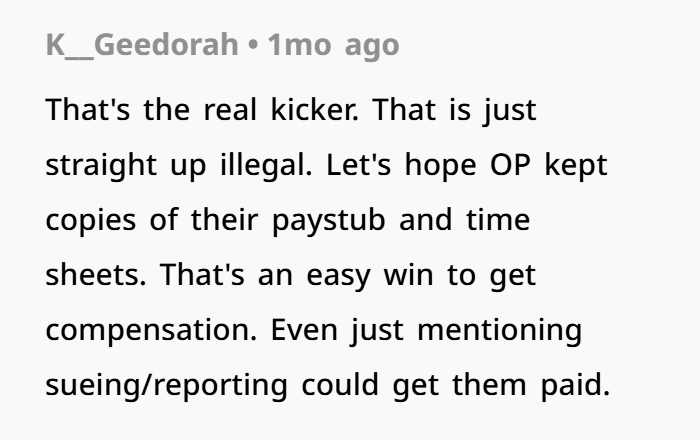

The intersection of creativity, employment, and intellectual property is fraught with complexities. While the desire to protect one’s work is natural, especially in the face of perceived exploitation, it’s imperative to navigate these situations with a clear understanding of legal rights and ethical considerations. By establishing transparent agreements and maintaining open communication, both creators and employers can foster respectful and legally sound professional relationships.

